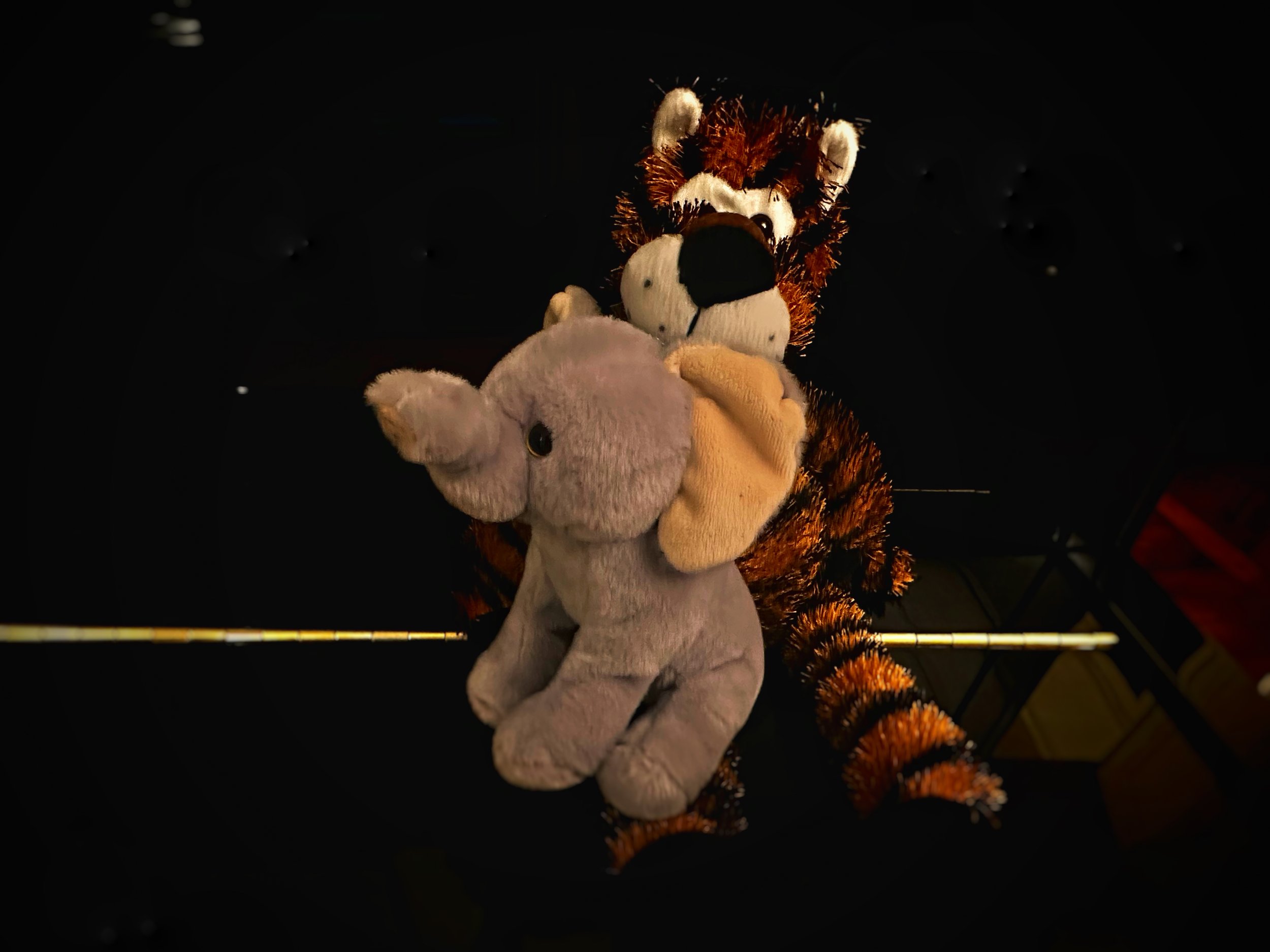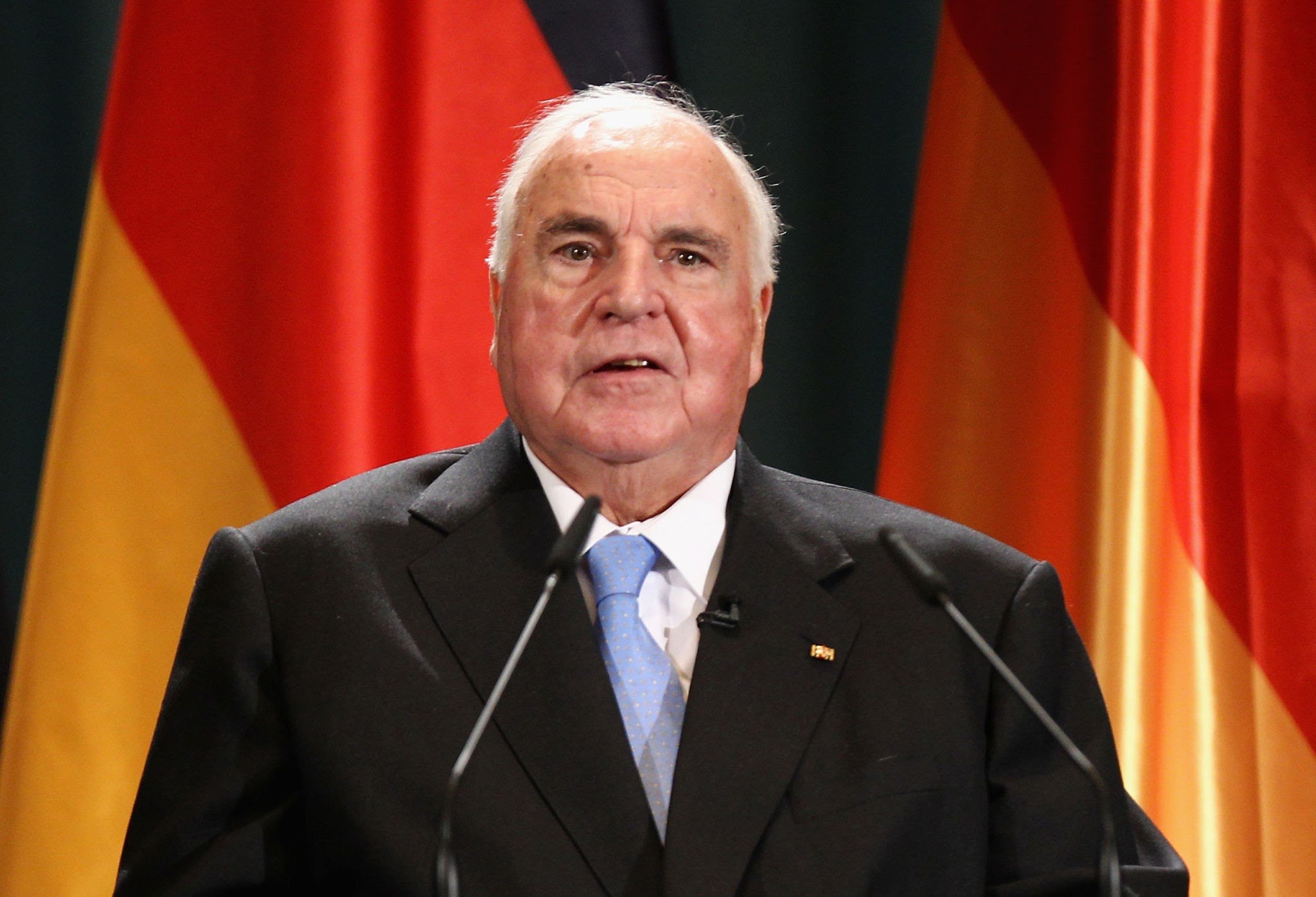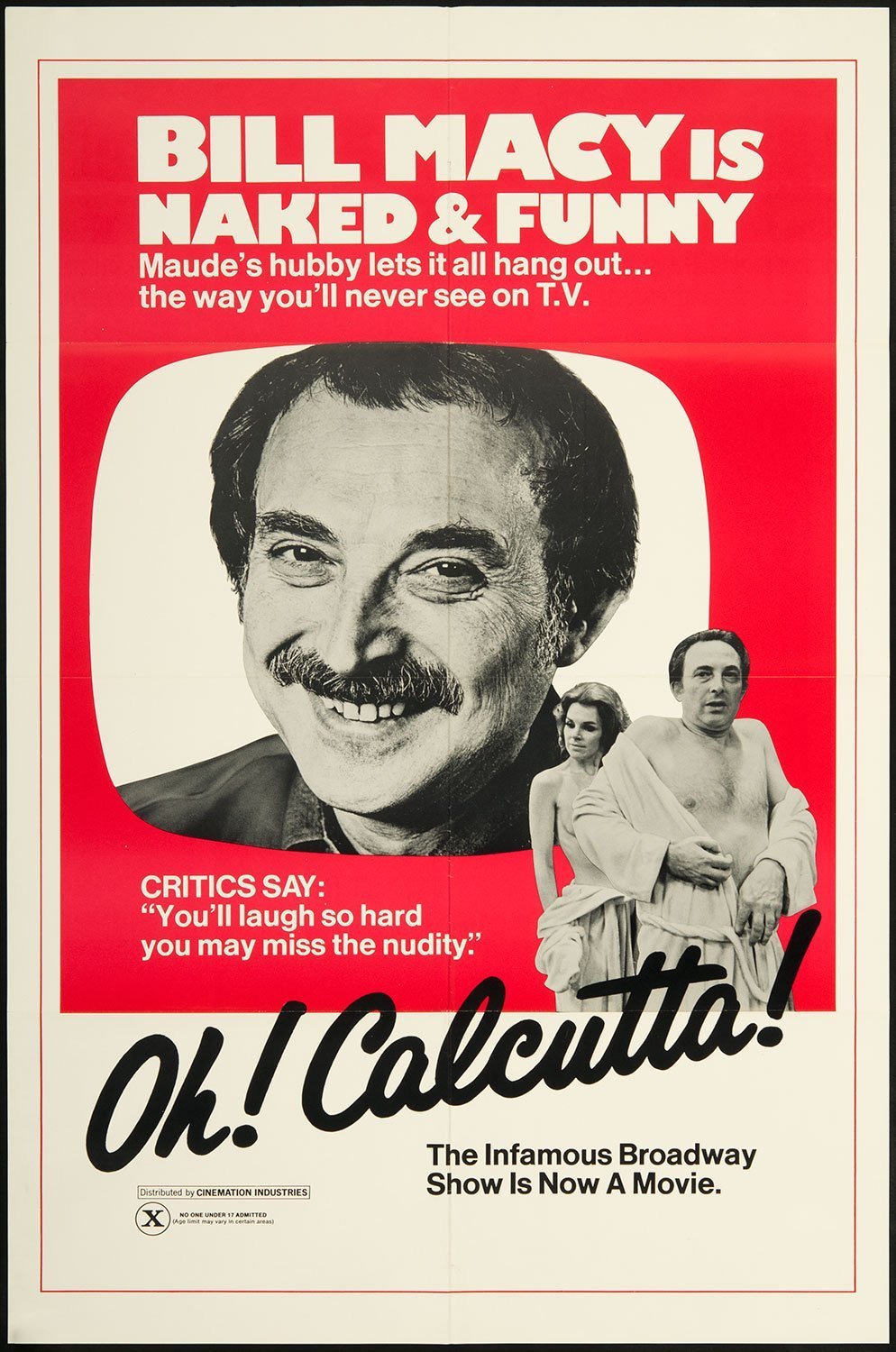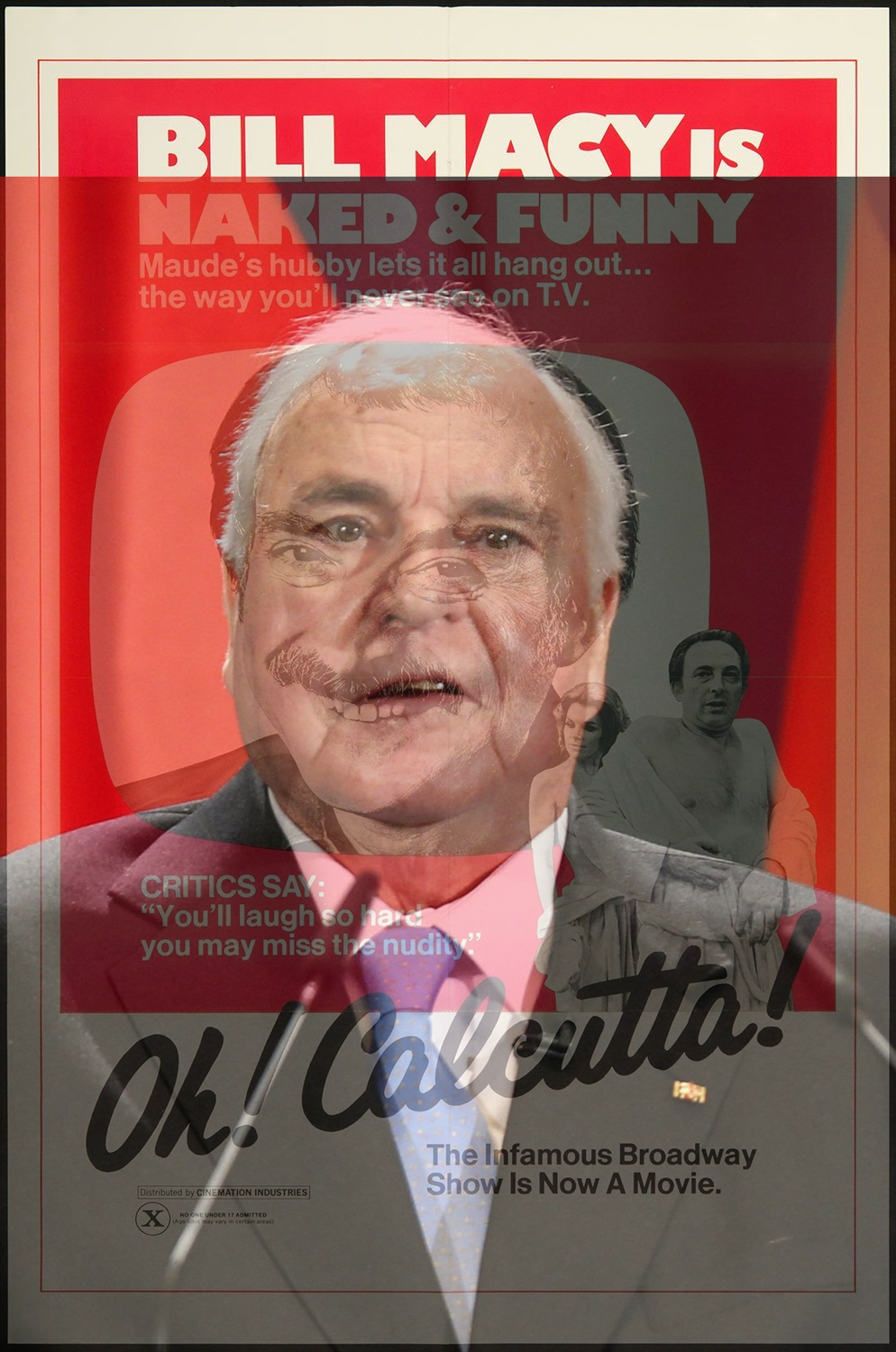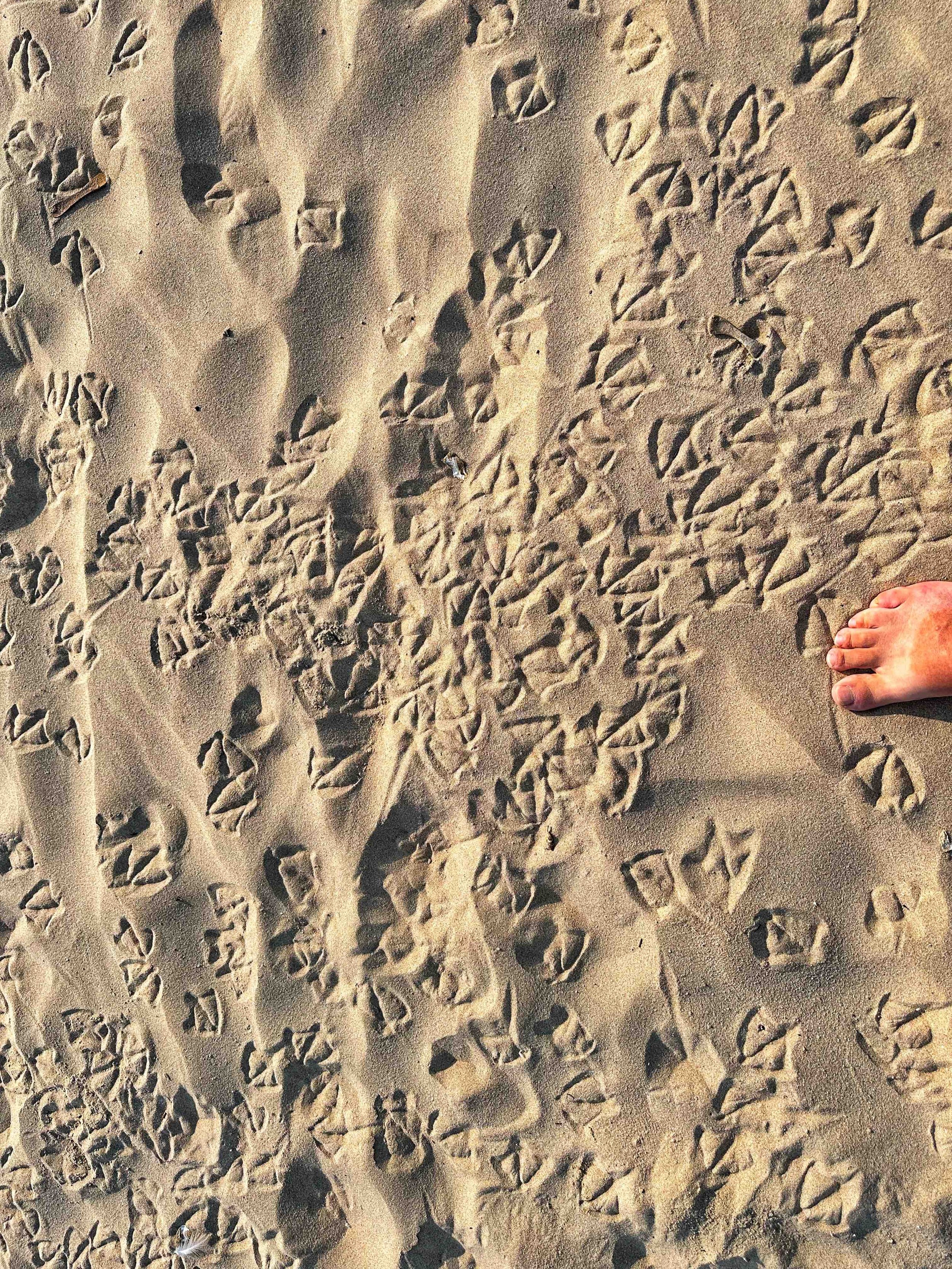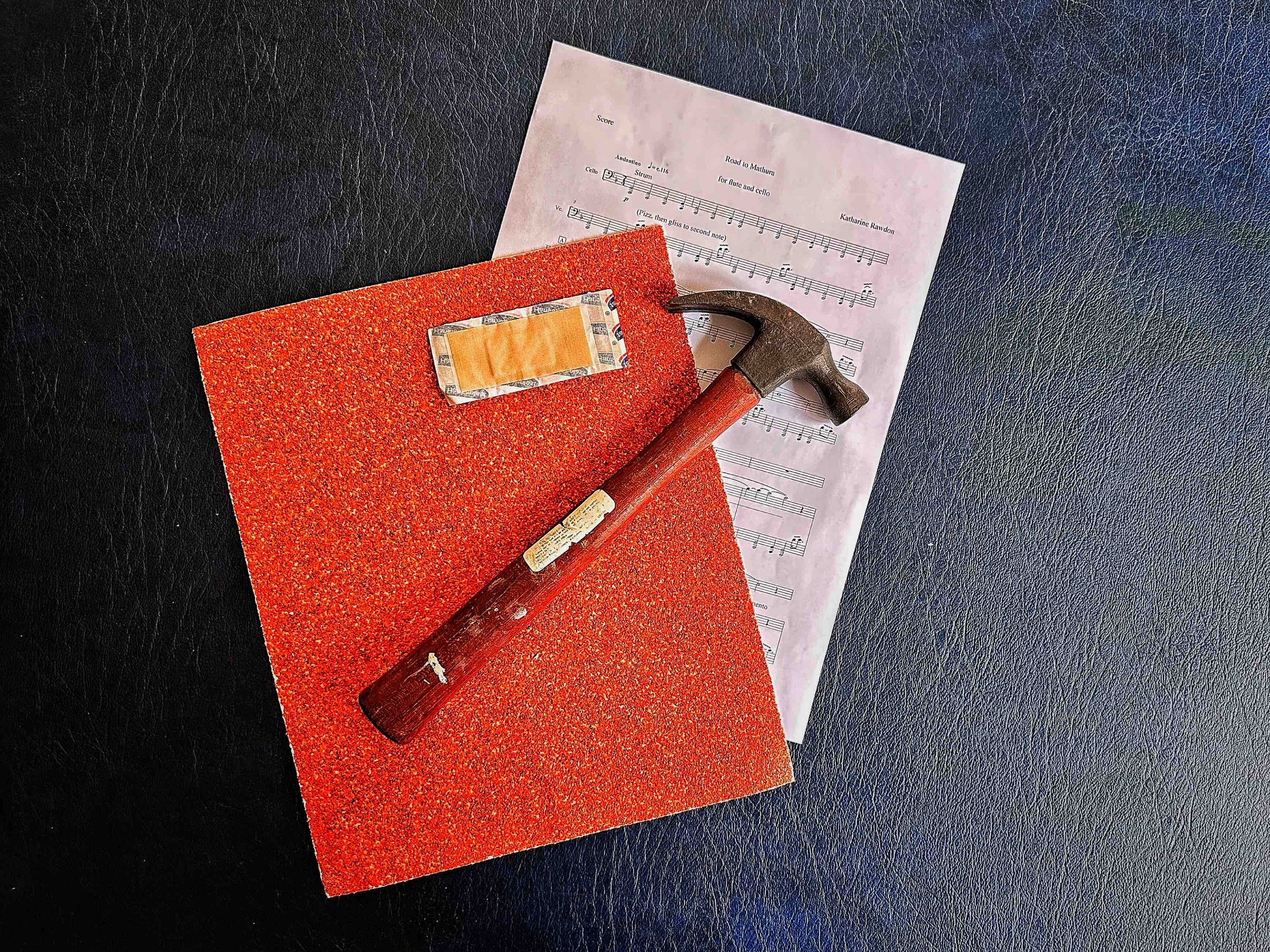I live near the Place des Vosges in central Paris. I’ve visited it more than three thousand times over the decades. It’s a big part of my daily life, my creative life, my married life, my life. History, architecture, nature, literature; birds, trees, branches, leaves, flowers, grass; fountains, water, weather, sky, rain, snow. And humans, many! Adults and children, visitors, groups of tourists, joggers; park workers, gardeners, cleaners; musicians, sometimes just practicing and occasionally busking. It’s a whole world.
We zoom in and we see a small child, maybe three years old, entering the park and rushing toward one of the four fountains, an adult rushing behind to make sure the child doesn’t drown. And we zoom in further, and we see the child’s face looking at the water spouting from the mouths of stone lions: sixteen lions arrayed symmetrically around a circle. In the child’s face, sheer wonderment, sheer delight.
The park is magic. The fountain is magic. The stone lion is magic. Water is magic. Everything is alive, beautiful, strange, sometimes threatening, often funny, and always meaningful. Children are unstoppably attracted to the fountain. But also to leaves on the ground, blades of grass, pigeons, sticks, pebbles, grains of sand.
Children are fantastically good at exploring and discovering, and also at playing, and also at teaching themselves how to play, how to dig holes, how to transport buckets of water from the fountain to the sandbox, how to walk and run, how to play ball, how to talk to other children be they friends or foes, how to get attention from their parents, how to evade their parents’ unwanted attention.
Warning! Here comes what appears to be a change in subject!
At home my wife and I keep a whole menagerie of stuffed toys. Molly the duck in a dress; Max the tiger; Maya the lioness; Nadia the cub, Enescu the baby elephant. Some people have children, others have pets; my wife and I limit ourselves to stuffed toys. Don’t you understand? They’re alive! They’re beautiful! They’re funny and meaningful! We tell ourselves stories triggered by Molly or Enescu (named after a great musician who’s a source of inspiration to me) or Nadia (Boulanger, or course). I received Molly as a gift when I taught a workshop in London several years ago. I was traveling with just a backpack, and after the workshop I headed straight to the Eurostar station. My backpack was too full to accommodate Molly, so I placed her inside my coat, her head sticking out and pushing gently against my throat and jaw, caressing me and helping me orient myself in space. Molly, a gift from Claire and Kamal; Molly, a memory from London; Molly, a traveling companion; Molly, a delightful embodiment of magic and wonderment; Molly, teaching me not to worry about what people will think when they see me wearing her in public, so to speak, as an adornment of my adult self.
Max the tiger is kinda floppy. He likes it when I grab him by the neck and get him to shake his head as if to drums that only he and I can hear. Maya the lioness is (1) extremely cute, (2) very expressive, and (3) soft and cuddly and fluffy and soft and cuddly. To touch her, to squeeze her, to press her against your face is to enhance your perception of the physical world, the world of sensations and gradations, of textures, forms and shapes, volumes, weight or the lack of weight. Squeezing a stuffed lion makes you sensitive and smart. And it makes you wanna cry a little from time to time.
By the fountain, I interviewed an imaginary child, a spokesperson for all children: “The lion is my friend. He talks to me. He’s called Leo Stinkybreath.” This is the child’s existence, and to lose touch with your own inner child is a loss with tragic consequences. All adults should have one or three or twelve stuffed toys in their homes and offices. Your birthday is coming up? Stuffed toy. You received a new book contract? Stuffed toy, celebration. Christmas? Stuffed toy. Lonely rainy Friday? Stuffed toy, tenderness, healing. You have no reason to go get a stuffed toy? That’s the very reason why you should go get one.
©2024, Pedro de Alcantara







